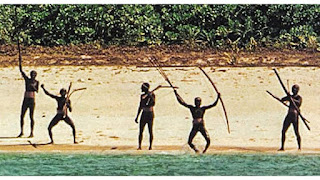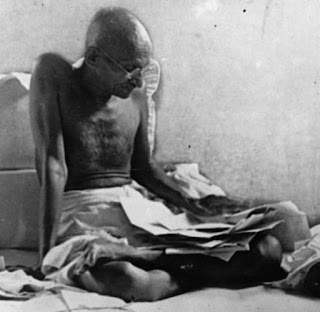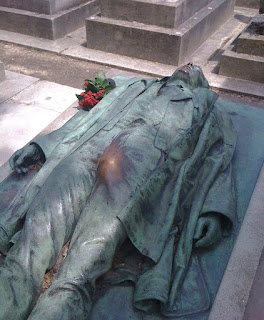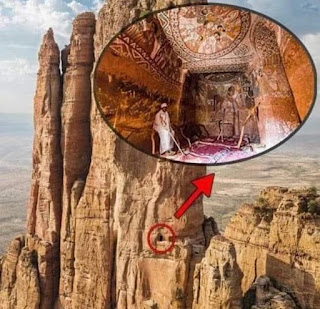This is a photo of the control room of a German submarine (UB-110) during World War 1 in 1918.

This is a photo of the control room of a German submarine (UB-110) during World War 1 in 1918. The submarine was recovered from the bottom of the ocean. The gears and wheels in the control room were color coded and some had numbers to help sailors operate them. At the start of World War 1, German U-boats initially followed naval warfare procedures by warning and allowing merchant ships to evacuate before attacking. However, when the Allies armed their merchant vessels and counterattacked, the Germans began sinking merchant ships without warning. Until 1942, it was common for U-boats to provide food, water, and directions to survivors of torpedoed ships. This changed when a U-boat flying the Red Cross flag, while towing lifeboats, was attacked by a U.S. bomber. The U-boat had to abandon the survivors and dive to avoid destruction. After this incident, the Germans were prohibited from operating under prize rules, leading to unrestricted submarine wa...















